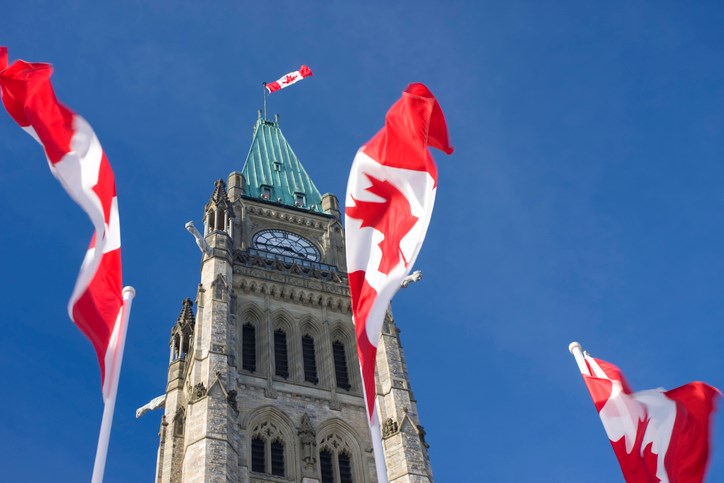It appears the COVID-19 outbreak is receding, at least for now. The B.C. Centre for Disease Control reported on May 21 that “most regions have reported very few cases, deaths and hospitalizations.”
However, that might be only a temporary relief. So far, the outbreak has been largely confined, at least in its most lethal form, to the northern hemisphere.
That was to be expected. Coronaviruses, flu among them, are often a winter phenomenon. It may be the virus is vulnerable to ultraviolet light that tends to be more prominent in the summer months.
But when winter returns to our hemisphere, are we in for a second round? Many experts believe so.
In that event, what should our policy be, and who should enunciate it? One explanation for the unprecedented measures employed so far has been that this was an emergency, the full consequences of which could not immediately be known. Extraordinary steps were therefore fully justified.
Hopefully, if the outbreak reappears in the fall, we will have better data to calibrate our response, and possibly a vaccine — though many experts believe the latter to be either improbable, or of limited value. The effectiveness of some flu vaccines has fallen below 20 per cent.
Yet the issue remains, who decides how such a recurrence should be handled. And this question grows in magnitude when we consider that decisions taken in the more prosperous northern hemisphere may devastate the southern half of the globe.
Winter is just now approaching that region. Africa and Middle and South America look especially vulnerable (New Zealand and Australia might escape the worst effects because both are islands. That might be one reason Vancouver Island has been less hard hit than parts of the mainland.)
You can begin to see a picture of what may happen if you look at the current death tolls per million population. In several northern countries, the fatality rates are in the hundreds per million.
There are some exceptions. China reports very low figures, but there are good reasons to disbelieve these numbers.
In contrast, many African and South American countries are so far reporting figures at or close to single digits. As I write this, Paraguay stands at 11 deaths per million population, Venezuela 10, Egypt 6.9, South Africa 6.4, Sudan 2.9, French Guiana 1.
Most of these are Third World countries. You can’t expect their reporting to be precise.
Yet what happens if these numbers climb to the levels experienced in Britain (552), Italy (544), France (424) and Belgium (inexplicably 815)? Brazil, with its huge, densely populated cities, is already in trouble.
How will we handle this? By offering those governments more foreign aid? Certainly.
However, most Western nations have gone heavily into debt to deal with their own crises. In the midst of a panic-inducing epidemic, could there ever be sufficient resources to aid two entire continents whose populations approach 2.5 billion?
Given the success of public health experts such as B.C.’s Dr. Bonnie Henry in limiting the outbreak, this may appear an ungenerous question. But if, as many experts have predicted, COVID-19 makes a comeback in the fall, should we continue using the same policies to handle the crisis? For these measures have wider implications.
Difficult as it is to assimilate in the midst of a pandemic, the United Nations has warned that “hundreds of thousands of children could die this year due to the global economic downturn sparked by the coronavirus pandemic, and tens of millions more could fall into extreme poverty as a result of the crisis.”
This would undercut many of the gains made in reducing world poverty over the past two decades.
The International Monetary Fund has said that as a result of the COVID lockdown, “the world economy will experience the worst recession since the Great Depression.” Some economists are fearful it could last a decade or more.
And it has been argued that a full-scale outbreak in Africa or South America, accompanied by economic shutdowns, could lead to a flood of refugees from these continents that might swamp neighbouring health systems.
Can we institute effective public health measures that allow for economic growth? At the very least, shouldn’t there be a full-scale public discussion about this?
Bob Plecas, a retired deputy minister in the B.C. government, has offered a solution on these pages that, for what it’s worth, I think makes sense.
Plecas points out that if we want broader considerations given a hearing, then the proper venues to construct future policies are the federal and provincial cabinets. There you have ministers representing small businesses, the tourism industry, forestry, municipal government and so on, all sectors of the economy under extreme pressure.
You also have foreign-affairs staff who can speak to the implications in poorer countries.
Certainly the advice of public-health staff will play a central part in that analysis. But a wider range of voices must be heard if we are to avoid the kinds of disasters predicted by the UN and others.



